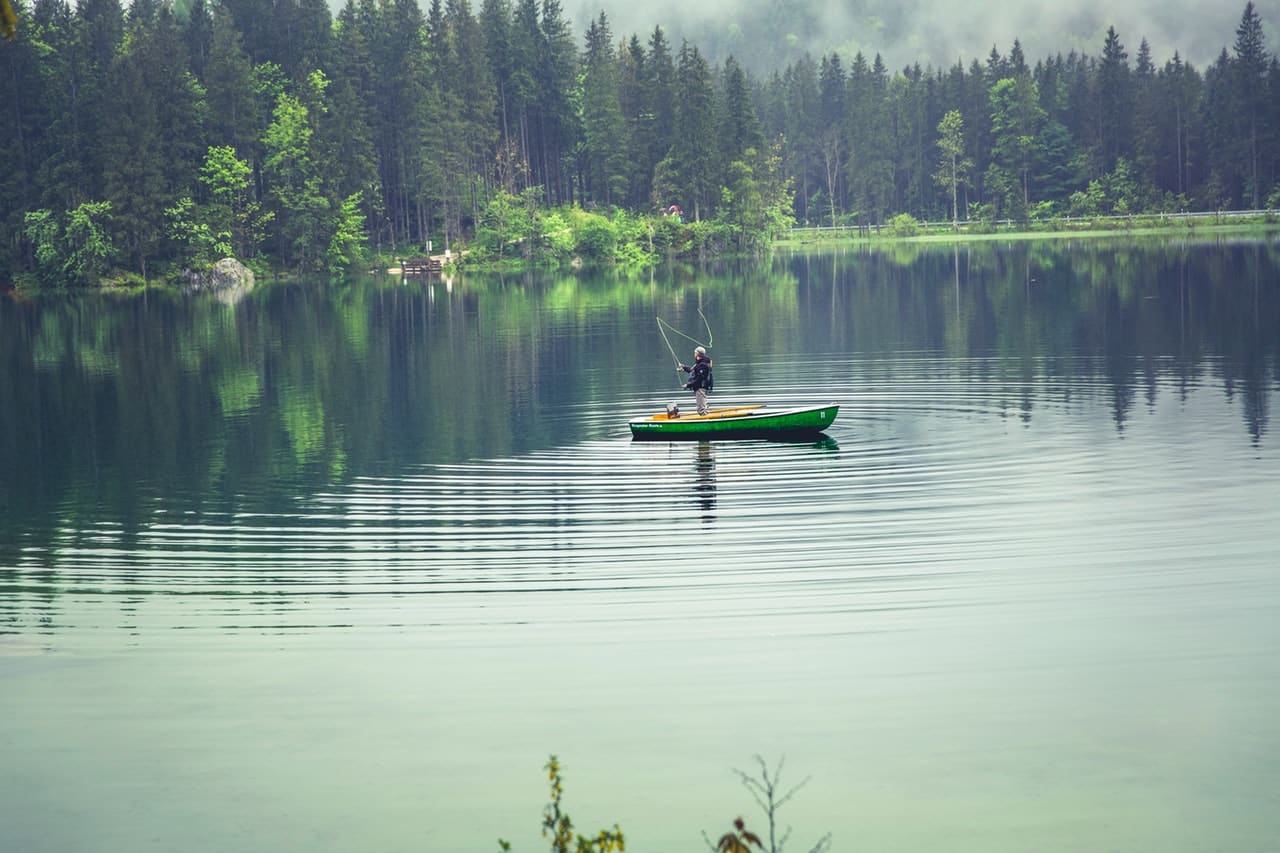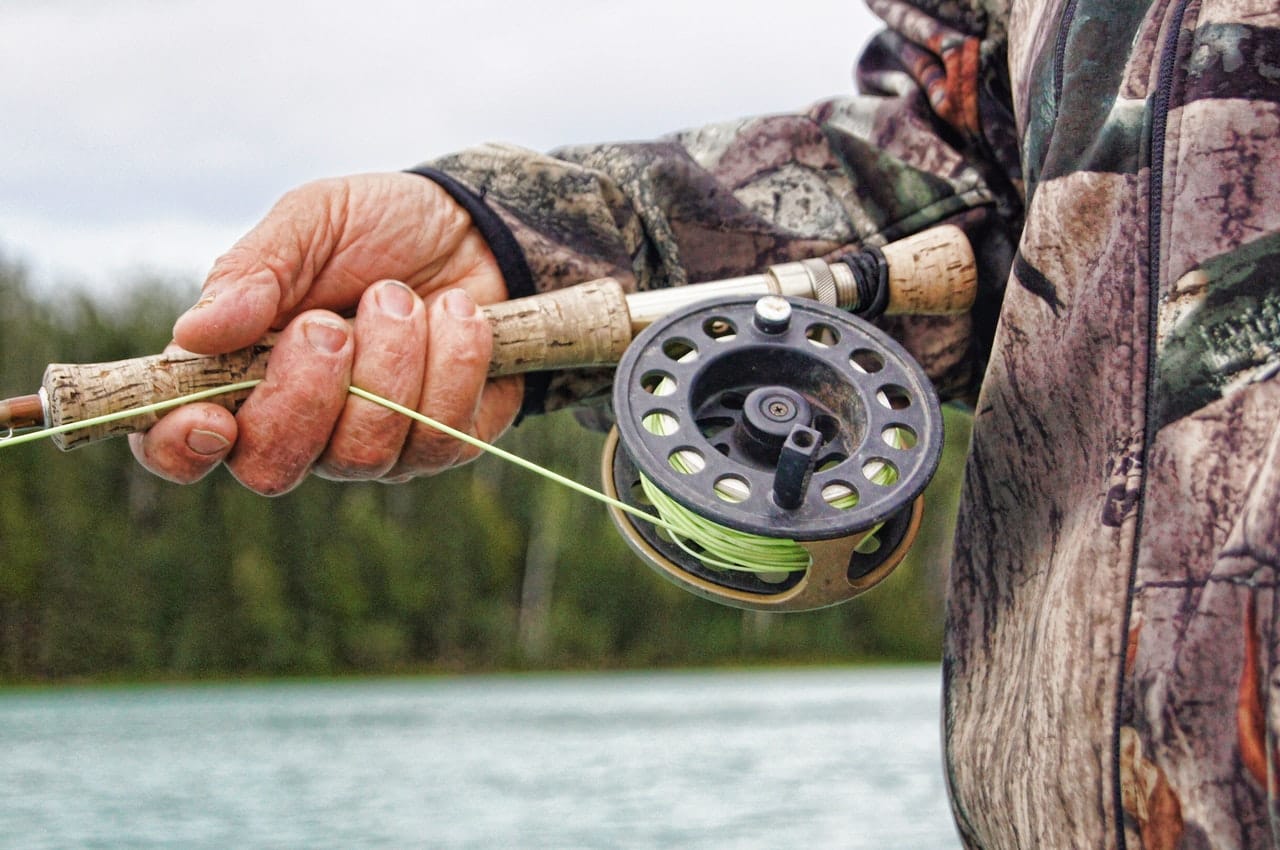Nothing is more interesting than having fish for a hobby. As a matter of fact, it’s a hobby that can also put food on your table, either directly or indirectly. To be a good angler, however, it is important to equip yourself with the basics, including the kind of gear you need, the type of fish you can catch and where you can find them.
Your skills will also go a long way in determining whether you make a catch at the end of the day or not. And so to speak, fly fishing is one of the most common types of fishing, not forgetting that it is easier and less involving than most other fishing approaches out there. For this reason, fly fishing is what we’ll be focusing on in this article. That having been said, here is the fishing crash course that every newbie needs.
IMAGE: PEXELS
What Is Fly Fishing?
In layman’s language, fly fishing is basically the kind of fishing where the angler uses the weight of the fishing line to cast a lure or bait (often an artificial fly) to attract fish. In this kind of fishing, it is the weight of the line that carries the fishing hook through the air. Now that we mentioned flies, bait, and lines, what kind of gear do you need for fly fishing?
Essential Fly Fishing Gear
In fly fishing, the essential gear you need will vary greatly depending on where you’ll be fishing and the kind of fish that you’ll be targeting. From rods to lines, leaders, and flies, here’s a brief look at some essentials you need before going fly fishing.
The Fly Rod
The fly fishing rod is what holds the line and the other accessories used in this art. Fly rods come in a wide variety of lengths, and weights. Basically, when choosing a fly rod, the ideal size will depend on your preferences as well as the kind of fish you’ll be targeting. All the same, 4 or 6-weight fly rod that is 8.5-9 feet long is considered ideal in most situations, especially when it comes to fishing trout.
Fly Line
Usually attached to the rod, the fly line is basically what holds the hook and the bait. For the best results, you will want to go for a line that matches the weight of your rod. If you’re using a 5-weight rod, then you’ll need to get a 5-weight line.
Fly Reel
The reel is basically the part or instrument that holds the fly line, the backing, and the leader in a fly fishing arsenal. When choosing a reel, it’s important to ensure that you get one that balances (in terms of weight) well with your rod. You may also want to consider a feature called the drag of a fly reel, which basically determines how easy it is for a fish to strip off the line when trying to flee.
Flies
This is another highly important necessity you’ll need when going fly fishing. As you can tell from the name this is where fly fishing actually derives its name. Fishing pros at Fly Fisher Pro say that especially for newbies in the game, what your target fish eats is one of the most important things to know.
If you’re targeting trout, for instance, you will want to go for artificial flies that mimic midges, crustaceans, caddis, stoneflies, and mayflies, just to name a few of this fish delicacies. Most importantly, flies are basically artificial baits that mimic a live insect or creature that your target fish likes to have for dinner. Well, there are several types of flies but the 3 major ones include the following:
- Dry flies
- Nymphs
- Wet flies
These different types of flies are ideal for specific situations and are chosen based on the kind of fish the angler is targeting.
- Dry Flies – As for dry flies, they work best when used on the surface of the water, mostly to attract fish that like diving out of the water to catch their prey. Other categories of dry flies include terrestrial flies; “match the hatch flies”, and attractor flies.
- Nymphs – Nymphs are basically used to attract fish to the surface of the water. They mostly attract fish like trout, which like feeding from under the water surface. These artificial baits are created to mimic the nymph stage of an insect’s life cycle, thus attracting fish that like feeding on live nymphs.
- Wet flies – Last but not least, wet flies are used to attract fish that fee from deeper under the water. When the line is cast, these flies basically sink in the water to a particular level where the angler is more likely to attract their target fish. Common types of wet flies include wee wets, flymphs, spider, and tenkara flies.
Before choosing a fly fishing fly, it’s important to consider where you’re fishing and the kind of fish you’re expecting to catch.
Fly Fishing Leaders
A fishing leader is simply that part of the fly line at the end where the fish is caught. Lures and rigs are specifically tied to this end of the line. Using a leader protects your line from the effect of sharp teeth, reefs, or bumping into rocks. Some leaders also reduce the chances of fishing seeing your line attached to the bait or lure, thus increasing your chances of making a catch.
When choosing a leader, size and length also matter. As per the size, 5X leaders are usually considered great for newbies whereas when it comes to length, a 9-foot leader is considered standard. There are various types of leaders, including standard monofilaments and fluorocarbon monofilament leaders. Other important gear in fly fishing may include waders, polarized sunglasses, wading boots, hemostats, zingers, clippers, and fly flourants.
Fly Casting Methods
There are various methods of casting in fly fishing, which varies widely depending on the angler’s fishing environment. With saltwater fishing, for instance, you’ll need to cast further than when fishing in freshwater.
Also, factors such as the direction of the wind and current may affect your cast and can either attract or deter fish. Fishing experts recommend tying the flies light with a heavy fly line when using dry flies, for instance.
This allows the flies to float on water, enough to attract surface feeders. The main reason to use a heavy or weighted fly line is to ensure that the cast goes to a distance further enough where more fish are likely to be located when casting.
In summary, fly fishing is a fun activity that is suitable for all ages. As a newbie in the art, however, your catch will be determined by how well you’re you equipped with the necessary gear, knowledge, and skills. All the same, the above few pointers basically cover what you need to know, have, and do to be successful in fly fishing. As you get used to it, your skills will improve and so will your catch.
If you are interested in even more lifestyle-related articles and information from us here at Bit Rebels, then we have a lot to choose from.


COMMENTS